HELP ... Questionable results with Cabinet Coat on Bookshelf
kmcfadden
13 years ago
Related Stories
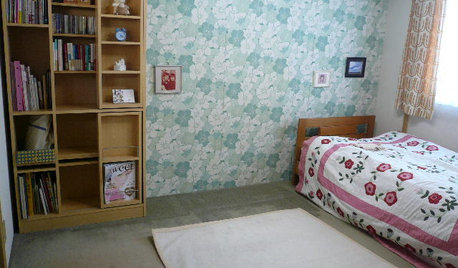
BOOKSCan Tidying Up Result in Life-Changing Magic?
Organizing phenom Marie Kondo promises big results — if you embrace enormous changes and tough choices
Full Story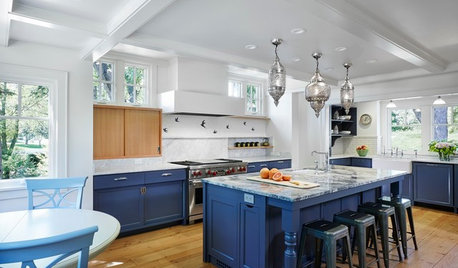
RANCH HOMESHouzz Tour: Ranch House Changes Yield Big Results
An architect helps homeowners add features, including a new kitchen, that make their Minnesota home feel just right
Full Story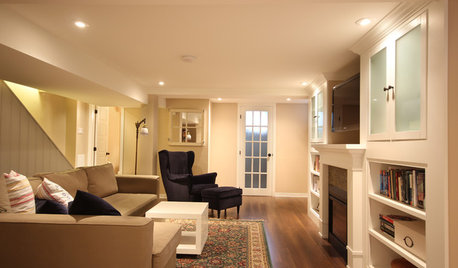
BASEMENTSBasement of the Week: Smart Cost Cutting, Beautiful Results
A stylish multipurpose basement for less than half the usual cost? See the budget-saving tricks that helped this underground space
Full Story
GREEN DECORATING8 Questions to Help You See Through Green Hype
With the ecofriendly bandwagon picking up some dubious passengers, here's how to tell truly green products and services from the imposters
Full Story
ORGANIZING4 Questions to Help You Organize Your Favorite Photos
Organize your keeper photos with a system that's just right for you, whether it's in the cloud or you can hold it in your hand
Full Story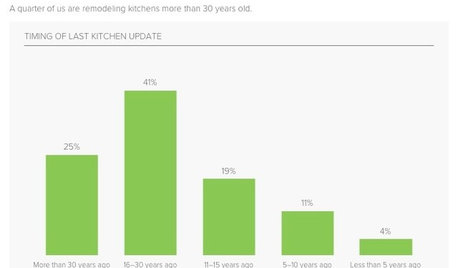
KITCHEN DESIGNSurvey Results: Kitchen Trends That Seem Here to Stay
More than a third of respondents in Houzz’s annual kitchen trends report now have the means to remodel. Here’s what else they told us
Full Story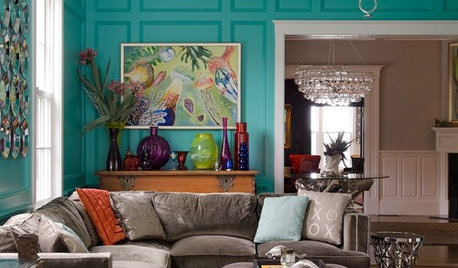
COLORSpeed-Dial Color Selection to Get the Best Result
You’ve belabored your color decisions and are still stuck. Here is how to evaluate your space and make choices that are right for you
Full Story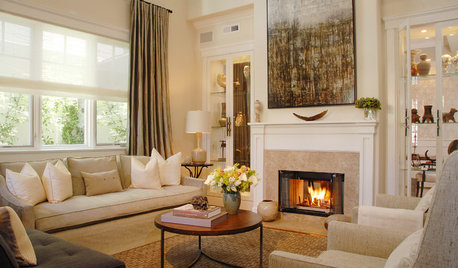
DECORATING GUIDESSmall Ideas for Big Results
8 easy changes that can makeover a room, from clearing off the mantel to choosing a new light
Full Story
FEEL-GOOD HOMEThe Question That Can Make You Love Your Home More
Change your relationship with your house for the better by focusing on the answer to something designers often ask
Full Story
GREEN BUILDINGConsidering Concrete Floors? 3 Green-Minded Questions to Ask
Learn what’s in your concrete and about sustainability to make a healthy choice for your home and the earth
Full StoryMore Discussions







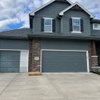
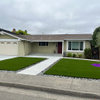

Faron79
kmcfaddenOriginal Author
Related Professionals
Clearwater Painters · Ferndale Painters · Jefferson City Painters · Midlothian Painters · Newberg Painters · Oak Forest Painters · Pensacola Painters · Bon Air Cabinets & Cabinetry · Harrison Cabinets & Cabinetry · Beacon Flooring Contractors · Chesapeake Flooring Contractors · Hilton Head Island Flooring Contractors · Johnson City Flooring Contractors · Roselle Flooring Contractors · Santa Cruz Flooring Contractorspaintguy22
Faron79